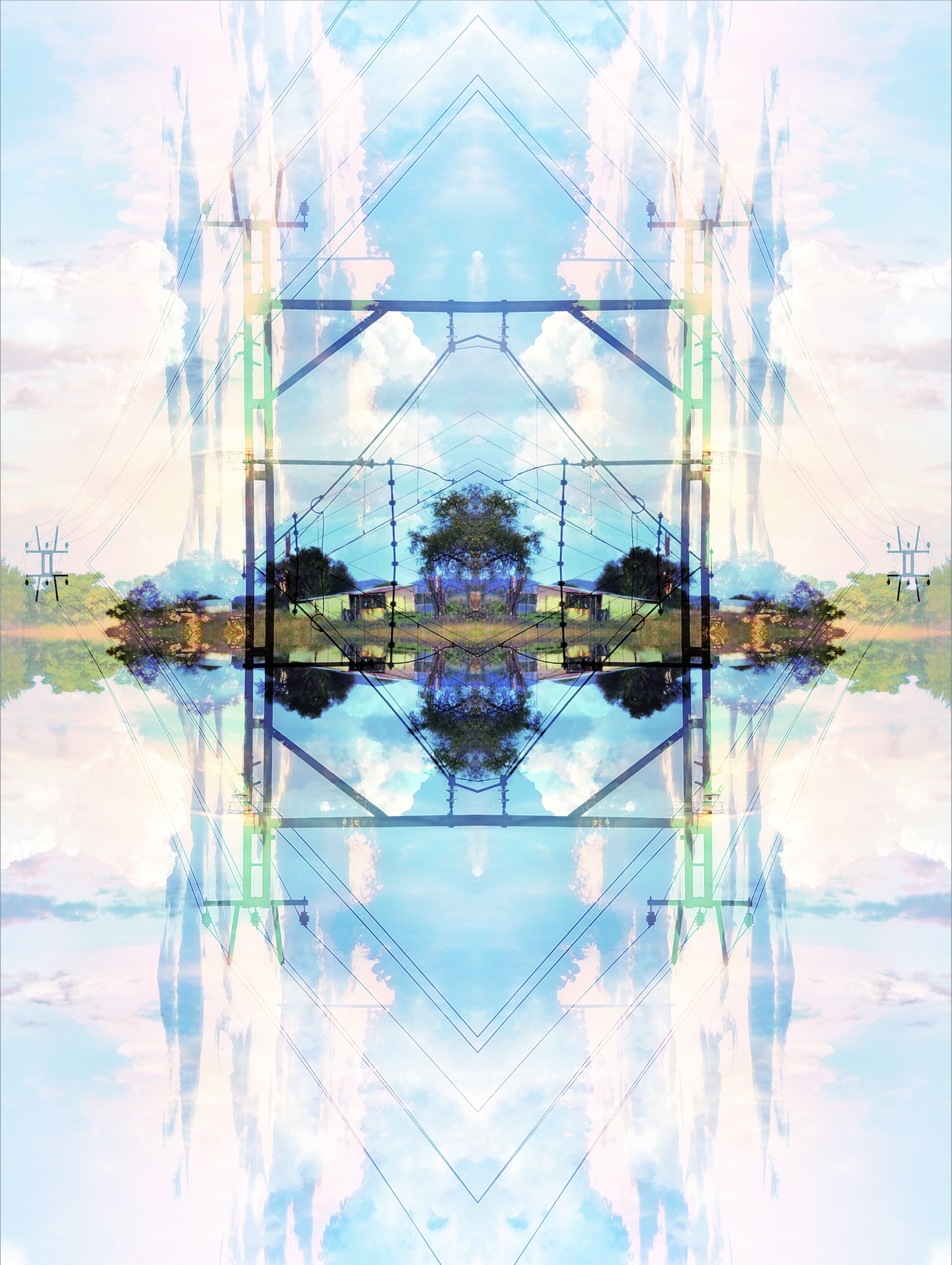Dystopian ruins: Nostalgia for a lauded past that never existed
Stairways and Ruins
DOI:
https://doi.org/10.17159/2617-3255/2025/n39a7Keywords:
dystopian narratives, environmental storytelling, nostalgia, nostalgic desires, Romantic gaze, ruin motifAbstract
Dystopian narratives – in the broadest sense – often employ literary topoi centred around the so-called graceful collapse of ruins and ruination. In western cultural practices, the powerful and emotionally compelling visuals associated with ruins have been widely used since the fifteenth century to broadcast and inspire contemplative, nostalgic desires. The goal often seems to involve inspiring emotional responses to support readings that subjectively romanticise a historical age and its related socio-cultural values, or seek to glorify ideals of an imagined past. However, sensationalistic attempts to inspire similar nostalgic desires with more recently ruined structures seem unbecoming, especially when one considers that these structures have emerged from situations and circumstances unrelated to the gentle weathering of time, such as violent warfare and unsustainable urban planning. To that end, I reflect on the theme of (re-)imagined pasts and futures in the Stairways and Ruins exhibition. Using the triptych Linger (2023) by Ricardo Liut as a point of convergence, I unpack more nuanced discussions regarding the representations of ruins as motifs in European art and literature, subjective/ collective memory and nostalgic desires, and notions of dystopian ruination. These discussions raise questions regarding the use of ruin motifs in the contemporary age, and how “inauthentic” ruins are prominently sensationalised by dystopian themes and concerns.
Downloads
Published
Issue
Section
License
Copyright (c) 2025 Image and Text

This work is licensed under a Creative Commons Attribution 4.0 International License.



